Best Micron for Rosin and Kief: How to Choose the Right Screen Size
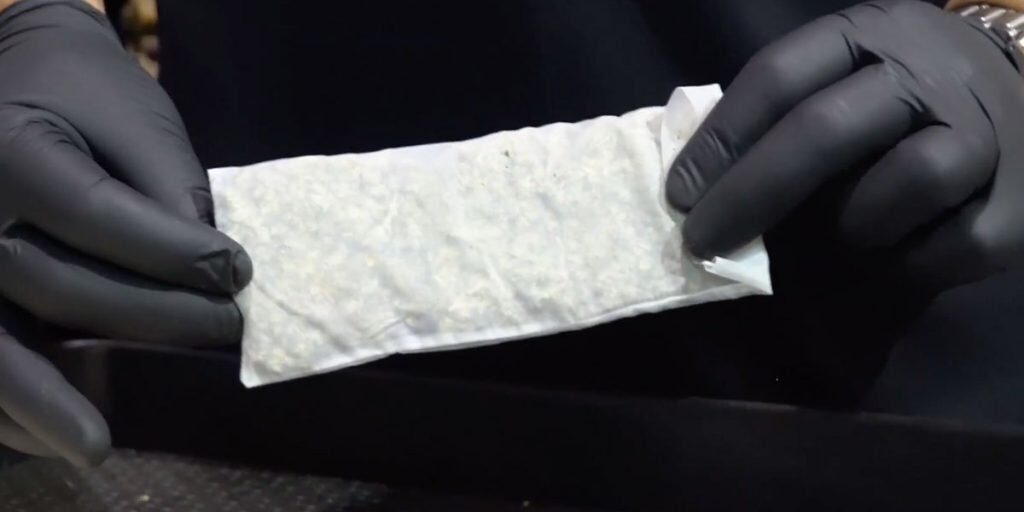
Rosin press screen sizes often confuse newcomers, but they don’t have to. In this guide, we explain why screen size is important and how to select the correct sized micron rosin bags that will work best for you for a better product and higher yield. In addition, Budsmith, an award-winning rosin producer from Humboldt County, shares some insights on pressing rosin and best micron sizes.
Which Micron Screen Size is Best for Kief and Flower?
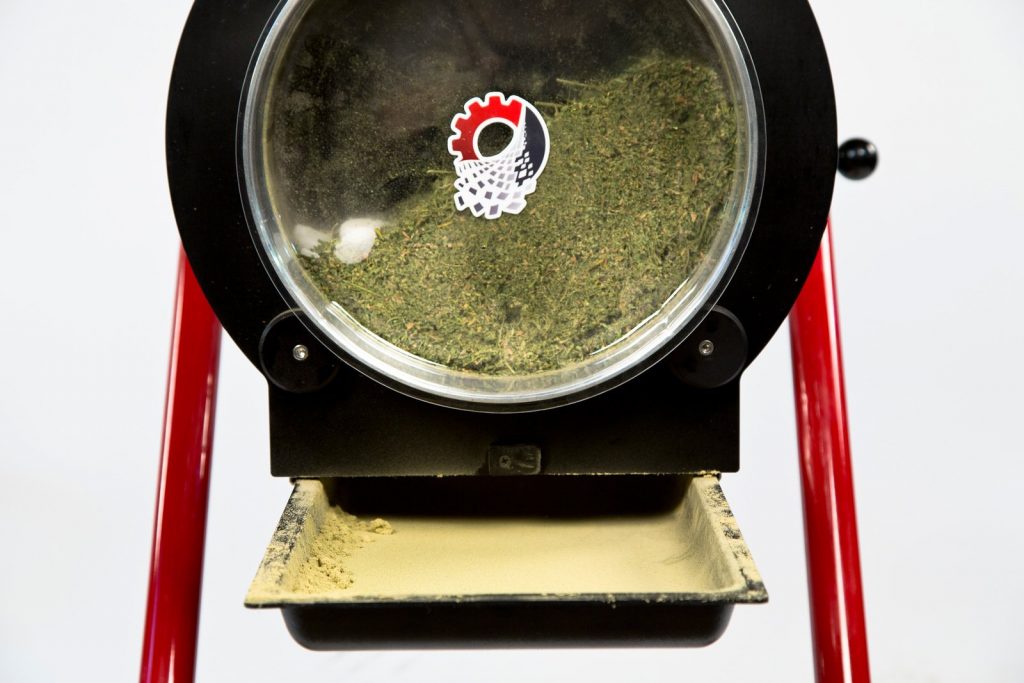
The first thing to consider when choosing a rosin screen size is the material you’ll be pressing. Kief and bubble hash press differently than flower, and their qualities change how rosin flows through the mesh bag. When you press flower testing at 20% potency, most of the material isn’t going to flow, whereas, with bubble hash measuring 70%, it will all melt pretty easily. Since the material flows easier, we recommend a finer, 36-micron screen for bubble hash or kief if you’re looking for a high-quality product. A finer screen, like a 36-micron, helps keep dust particulates in the bag too. A 72-micron bag is also an acceptable choice for kief and bubble hash.
If you’re pressing flower for rosin, you’ll want to use a larger micron screen like a 90, or 115 to capture any larger particulate. For ultra-quality flower rosin, try a 72-micron bag.
“If I’m going for quality, I go with a 36-micron,” says Bud Smith, owner of Budsmith and winner of the Mecca Cup for best rosin. “Nothing over a 72. I’ve used a 25, and I felt like it was holding back a little too much of what I was trying to get out.”
Does rosin screen size affect yield?
Rosin screen size does affect yield, but not as much as you might think. Bud Smith explains that tightening your screen size will indeed cut your yield a little bit, but the quality tradeoff makes it worth it.
“It’s not a considerable drop-off. If you’re averaging 20% yields from a given strain using a 90, and you drop down to using a 36, you might drop down to a 17% yield,” says Bud. “I exclusively press on a 36 whether it’s flower or bubble hash.” Triminator’s rosin bags are food-grade and boil-resistant, so cultivators can get every last drop from each harvest.
Not everyone is as quality-focused as Bud, so some prefer a 90-micron rosin bag, 115-micron, or 120-micron for mass production. These sizes are all great for flower, depending on the product you’re creating. In the rosin industry, however, screens looser than 120-micron are seldom seen or used. This is because trichome heads themselves—the most cannabinoid-rich part of the plant—are 120 microns in diameter or a little smaller. Even though the trichomes melt, this is still an obvious choice for the larger micron size limit on rosin bags.
Can you press rosin without a bag?
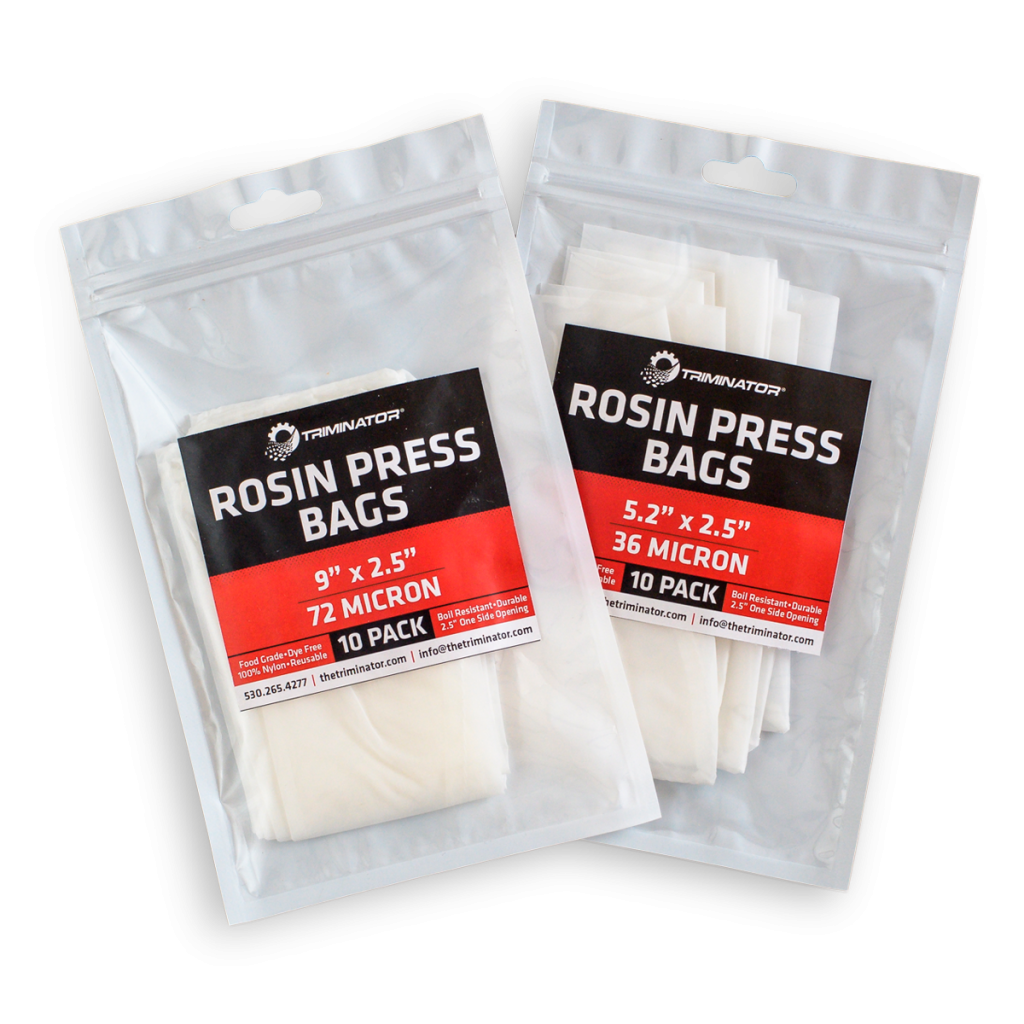
“Sometimes, I don’t use a screen when I’m just pressing off some flower for myself to smoke. You’re gonna get a lot of the essential oils from the plant and the little bits, the orange hairs,” says Bud. Flower rosin pressed without a screen is one step in the direction of traditional smoking and one step away from the candy-sweet experience of dabbing. There’s truly no wrong way to consume this plant! If you’re pressing a small amount, or if you just want to save a couple of bucks on a bag, processing flower in the buff may be the way to go. Consumers, however, typically want clarity and don’t want to see chunky stuff in their retail products.
What rosin bag material should I use?
Nylon is the best material for rosin bags. Silk is prone to blowouts because it doesn’t flex like nylon. Metal screens should not be used because they mar the surface of the platens when under high pressure.
Can you reuse your rosin bag?
Professional pressers like Budsmith frown on the reuse of bags. Some may clean their bags with ethanol and give them another use, but remember that they’ve been stressed under 20,000 pounds of pressure. The pores of the bag have stretched and widened, particularly along the edges where the screen size most counts, and they’ll be partially plugged with plant residue—even if you clean them well.
In essence, you can reuse rosin bags. However, they’ll be a little less accurate and slightly more prone to blowouts.
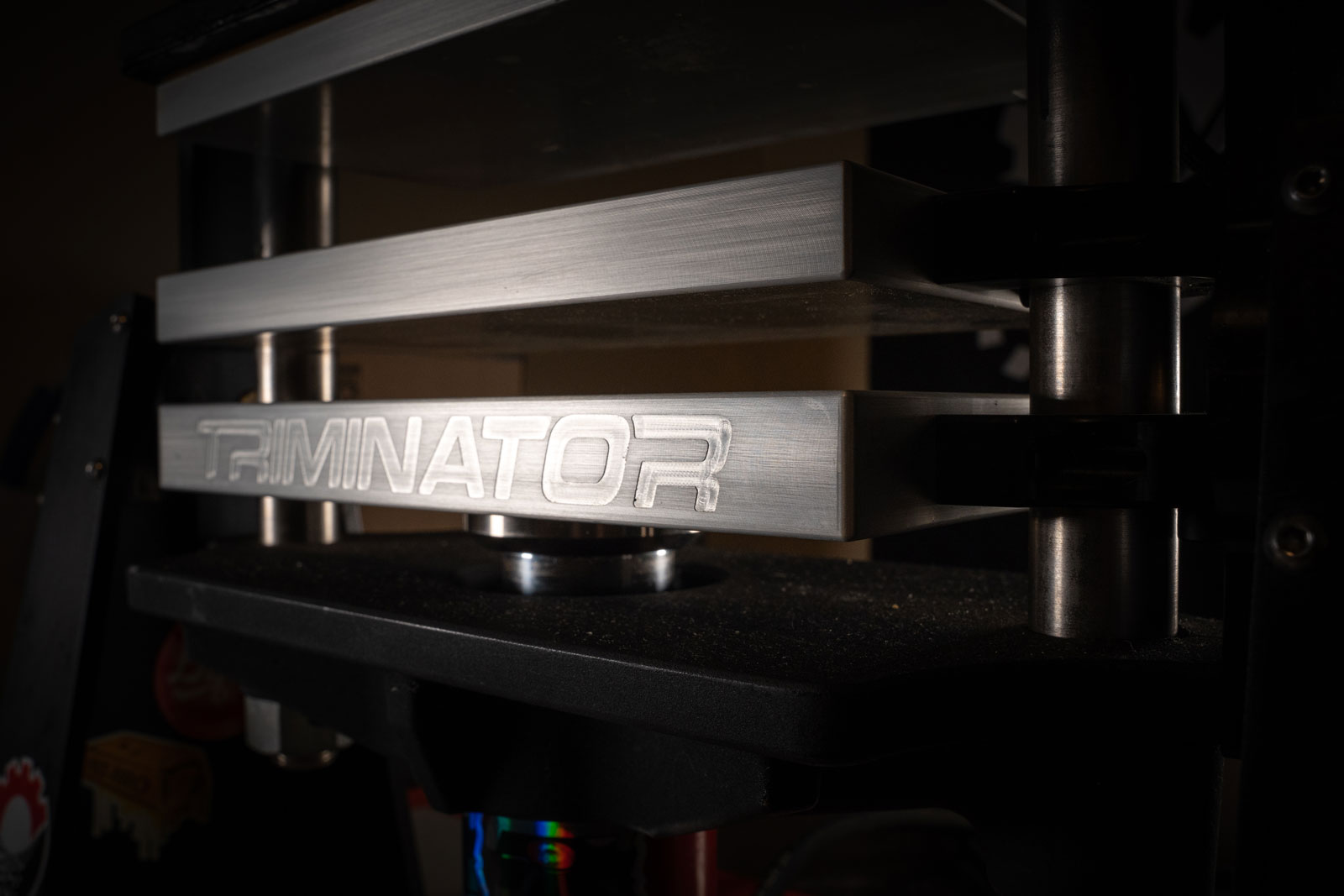
Connect with a rosin expert today.
Avoiding blowouts and broken rosin bags
Most blowouts occur when the technician overfills the bag. For our 9-by-2.5-inch bags, an ounce of flower is a good guideline. Attempting to process any more than one ounce per bag risks breakage. Bud makes an additional caution to those pressing hash or kief: go slow.
“With the bubble hash and the kief, if you apply too much pressure too fast, it blows out no matter how much is in there,” says Bud. “With that fine of a powder, the pressure doesn’t have anywhere to go. Flower is more spongy.” Using rosin pre-press molds also helps reduce bag blowouts.
What is a micron, and how is mesh size different?
A micron is 1/1000 of a millimeter, so it’s a measurement for things that are really small. Human hairs are about 100 microns across.
“Mesh size” confuses things when we talk about rosin bag size. Mesh size is more like the thread count density of the sheets on your bed. Micron sizing refers to the size of the holes between the threads. Mesh size is how many gaps there are per linear inch. Measuring in microns indicates how big those holes are— without having to think about them in terms of per inch. Make sure what you’re buying is expressed in microns rather than in mesh size.
Buying a good rosin press bag
“There are definitely low-quality screens out there,” says Bud. “I wouldn’t buy a whole package of something that’s cheap without knowing. I’d buy something you know or something somebody else has used.”
Which micron size should I use for maximum yield and quality?
115-micron – Flower and trim rosin at excellent yield with good quality
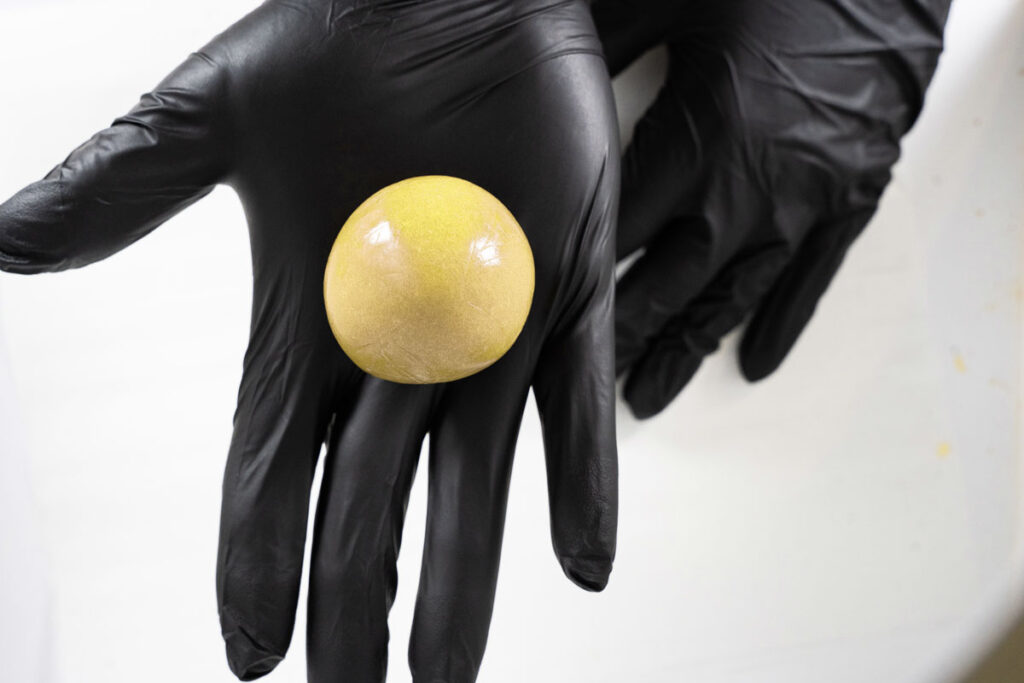
90-micron – Flower and trim rosin at great yield with great quality
72-micron – Flower and trim rosin at good yield with excellent quality
72-micron – Kief and bubble hash at excellent yield with good quality
36-micron – Flower at decent yield with the best possible quality
36-micron – Kief and bubble hash at good yield with excellent quality
Maximizing Quality and Yield with the Right Screen Size
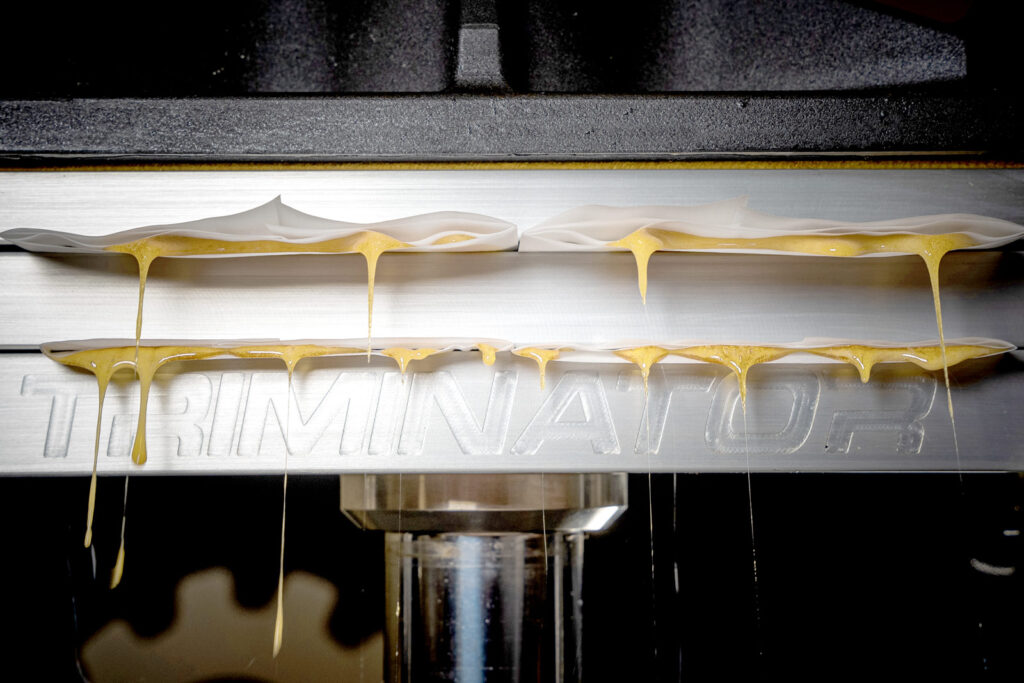
Selecting the appropriate screen size is key to achieving the highest quality and a better yield when using Triminator’s commercial rosin presses. Consider the material being pressed — flower, kief, or bubble hash — and choose the corresponding micron size for your rosin press bag accordingly. Remember to avoid overfilling bags to prevent blowouts, and opt for nylon bags to minimize damage to the plates.
By understanding screen size and making informed choices — and by using a high-quality commercial press like Triminator’s TRP or TRP Stack — you can maximize your rosin pressing experience.
Like what you read?
Get more insider industry knowledge sent right to your inbox
"*" indicates required fields